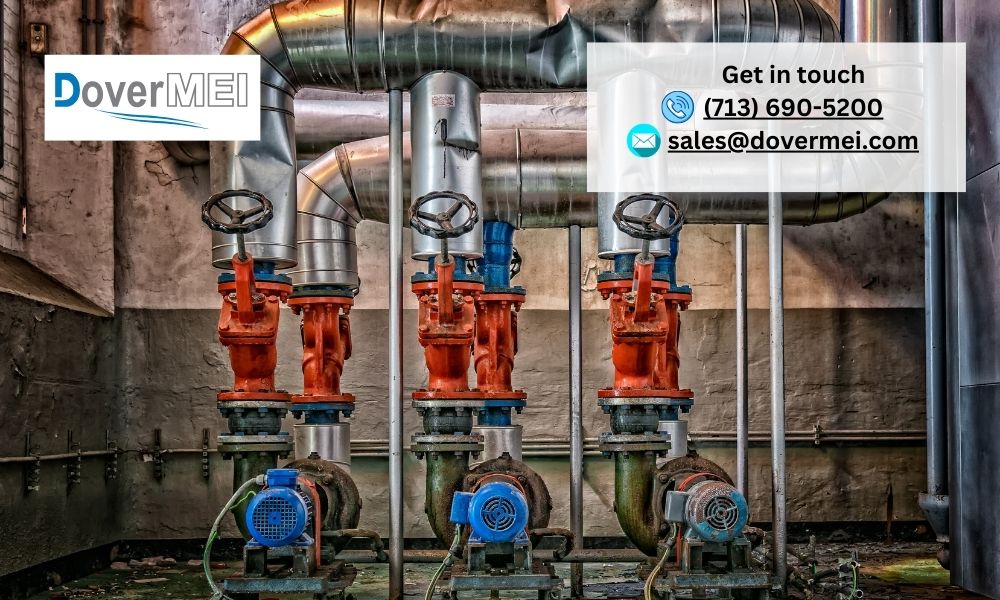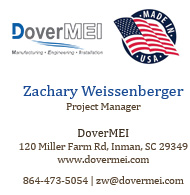Understanding the Importance of Dust Collection System Efficiency
Industrial dust collection systems are integral to maintaining safe, compliant, and efficient working environments. Over time, however, these systems may become outdated, inefficient, or incapable of meeting changing regulatory requirements. In such cases, retrofitting or upgrading an existing system can offer substantial benefits over a full replacement.
Signs It’s Time to Upgrade or Retrofit Your Dust Collection System
Rising Maintenance Costs and Downtime
When routine maintenance becomes more frequent and costly, and system downtime affects productivity, it’s a clear indicator your current dust collection system is underperforming. Aging components such as filters, blowers, and ductwork can significantly reduce overall efficiency, leading to escalating operating costs.
Failing to Meet Regulatory Compliance
Regulations such as those from OSHA, NFPA, and the EPA continually evolve. If your current system no longer complies with updated standards, you risk fines and operational interruptions. Upgrading filtration systems, explosion venting, and control panels can help ensure full compliance while safeguarding your workers.
Poor Air Quality and Reduced System Performance
Diminished air quality, visible dust, or complaints from employees are red flags. Inefficient systems may fail to capture fine particulates, leading to health and safety hazards. Retrofitting with modern high-efficiency filters or automated control systems can restore optimal air quality and performance.
Changes in Production Volume or Processes
An increase in production capacity or a change in materials processed can overwhelm older dust collectors. A retrofit can resize ducting, adjust airflow, or upgrade motor power to accommodate these new demands without a total system overhaul.
Benefits of Retrofitting and Upgrading Your System
Cost-Effective Alternative to Full Replacement
One of the most compelling reasons to consider retrofitting is cost savings. Complete system replacements involve extensive downtime, demolition, and reinstallation. Retrofitting allows targeted upgrades that extend system life and improve functionality at a fraction of the cost.
Improved Energy Efficiency and Operating Costs
Modern dust collection technologies are far more energy-efficient than older models. Upgrades such as variable frequency drives (VFDs), pulse jet cleaning systems, and smart controls significantly reduce power consumption and lower long-term operating expenses.
Enhanced System Control and Monitoring
Integrating digital monitoring and control systems allows operators to track pressure differentials, fan speed, and filter conditions in real-time. These data-driven insights lead to predictive maintenance, reducing downtime and maximizing equipment performance.
Environmental and Safety Compliance
Upgrades ensure your dust collection system is compliant with the latest environmental regulations and workplace safety standards. This includes adding explosion protection devices, spark arrestors, and fire suppression systems, which can be retrofitted into existing units.
Key Components to Consider When Retrofitting
Filter Media and Cartridges
New advancements in filter technology can dramatically improve system efficiency. High-performance nano-fiber or pleated filters provide better particulate capture and longer service life.
Ductwork Design
Over time, ducting may become corroded or improperly sized for current airflow demands. Retrofitting can include duct reconfiguration for balanced airflow, pressure drop reduction, and improved dust capture efficiency.
Fan and Blower Systems
Upgrading to a more energy-efficient fan or blower with the appropriate CFM rating ensures the system can handle new demands without excessive wear.
Explosion Protection
If your facility handles combustible dust, retrofitting with explosion vents, suppression systems, or rotary airlocks is essential. These additions not only protect personnel and property but also meet NFPA guidelines.
Control Systems and Automation
Smart control systems offer features like remote monitoring, automated start/stop functions, and self-diagnostics. These upgrades enable precision operation and rapid response to system faults.
When Is a Full Replacement More Appropriate?
While retrofitting is often the preferred approach, there are cases where a complete system replacement is the better option:
- The existing unit is severely corroded or structurally compromised
- Your production capacity has more than doubled
- The dust type or material processed has changed significantly
- Your facility is relocating or undergoing a complete redesign
In such scenarios, the cost and complexity of retrofitting may outweigh the benefits, and a custom-designed new system may be the most practical solution.
How to Plan a Retrofit or Upgrade
Conduct a Thorough System Audit
A comprehensive dust collection system audit evaluates performance metrics, identifies inefficiencies, and recommends areas for improvement. Professionals use tools like manometers, particle counters, and airflow meters to collect data.
Identify Your Objectives
Define whether your priority is regulatory compliance, energy efficiency, increased capacity, or improved air quality. Clear objectives help guide component selection and budget allocation.
Work with Experienced Specialists
Retrofitting is a complex process requiring in-depth knowledge of industrial processes, airflow dynamics, and regulatory requirements. Partnering with a trusted expert ensures a custom-tailored upgrade that aligns with your operational goals.
The Long-Term Value of Upgrading Your Dust Collection System
Investing in a retrofit or upgrade is not just a short-term fix—it’s a strategic move that improves productivity, reduces health risks, and extends the lifespan of your infrastructure. By enhancing your dust collection system’s performance, you’re investing in safety, sustainability, and operational excellence.
In conclusion, we understand the critical role dust collection systems play in modern industrial operations. Whether you’re dealing with outdated equipment or preparing for future growth, retrofitting or upgrading can deliver substantial returns. For facilities seeking proven expertise and high-performance solutions, DoverMEI offers customized dust collection upgrades tailored to your specific needs.
(864) 473-5054 | zw@dovermei.com
sales@dovermei.com
(713) 690-5200 | Texas
(864) 472-6456 | South Carolina

